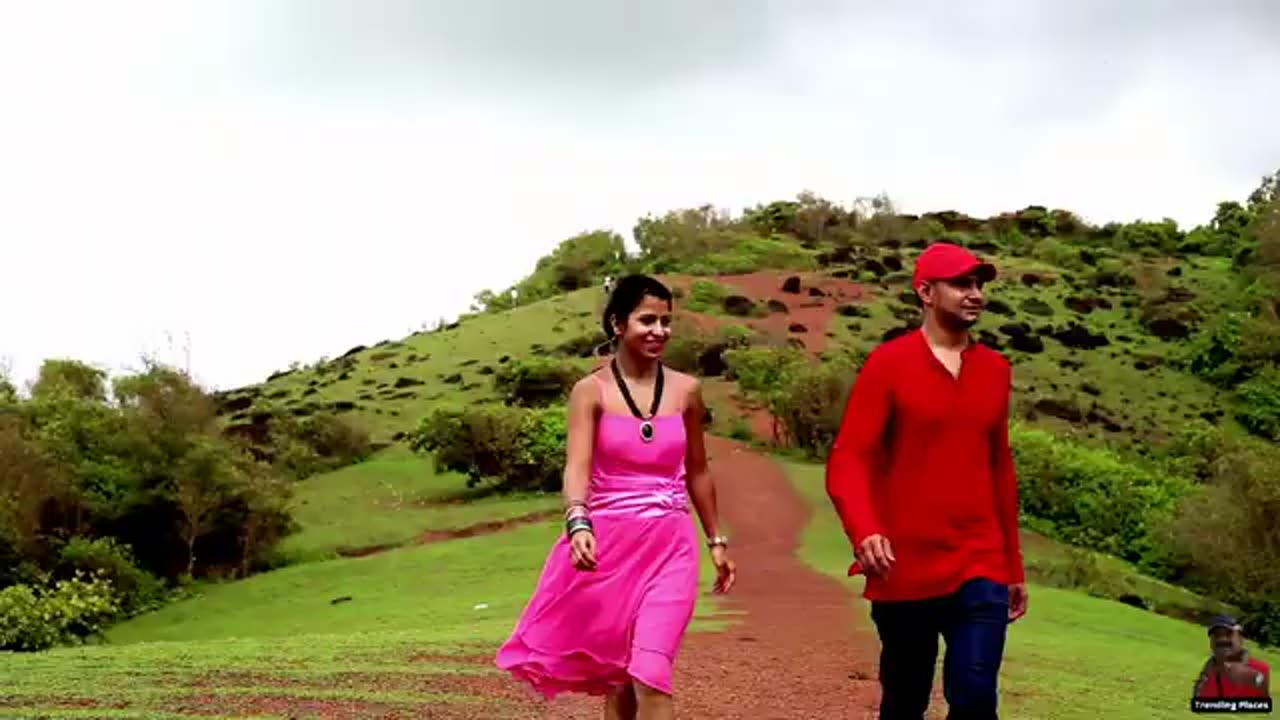Premium Only Content

Goa History and Places of interest to see, INDIA
Goa History and Places of interest to see, INDIA
Goa History and Places of interest to see | Trending Places to see in 2022
Goa is India‘s smallest state.
It is located on India's southern coast.
The state of Goa has a total size of 3,702 square kilometers (1,429 square miles).
As of 2021, it had a population of 1.6 million people, making it India's fourth-smallest state by population.
The capital of Goa is Panaji. It is located in the Tiswadi sub-district on the shores of the Mandovi River estuary. Panaji is Goa's largest urban agglomeration, with a population of 1 lakh 20,000 in the metropolitan region.
The 105-kilometer coastline of mainland Goa is characterized by sandy beaches, estuaries, and promontories.
Low, forested plateaus blend with the Western Ghats' wooded slopes in the interior, which climb to over 1,220 metres on the state's eastern border.
The Mandavi and the Zuvari are the two major rivers, with the island of Goa lying between their mouths (Ilhas). The island is triangular in shape, with the apex (known as the cape) being a rocky headland that divides Goa's harbour into two anchorages. Although Goa's history extends back to prehistoric times, the current state of Goa was only created in 1987. Despite being India's smallest state in terms of land, Goa has a vast and varied history. It has many parallels to Indian history, particularly in terms of colonial influences and a multi-cultural aesthetic.
The Usgalimal rock engravings, which date from the upper palaeolithic or mesolithic periods, show some of India's oldest signs of human settlement. During the Iron Age, the Mauryan and Satavahana Empires ruled over modern-day Goa.
Goa was ruled by the Kadamba dynasty, Vijayanagara Empire, Bahmani Sultanate, and Bijapur Sultanate during the medieval period.
In 1510, the Portuguese invaded Goa and defeated the Sultanate of Bijapur. The Portuguese occupation lasted approximately 450 years and had a significant impact on Goan culture, food, and architecture.
-
 4:31
4:31
CoachTY
13 hours ago $6.47 earnedCOINBASE AND DESCI !!!!
28.9K7 -
 10:02
10:02
MichaelBisping
12 hours agoBISPING: "Was FURY ROBBED?!" | Oleksandr Usyk vs Tyson Fury 2 INSTANT REACTION
2386 -
 8:08
8:08
Guns & Gadgets 2nd Amendment News
2 days ago16 States Join Forces To Sue Firearm Manufacturers Out of Business - 1st Target = GLOCK
50.9K51 -
 10:17
10:17
Dermatologist Dr. Dustin Portela
1 day ago $6.35 earnedOlay Cleansing Melts: Dermatologist's Honest Review
43.3K -
 1:02:20
1:02:20
Trumpet Daily
1 day ago $23.55 earnedObama’s Fake World Comes Crashing Down - Trumpet Daily | Dec. 20, 2024
27.3K34 -
 6:29
6:29
BIG NEM
21 hours agoCultivating God Mode: Ancient Taoist NoFap Practices
21.2K6 -
 30:53
30:53
Uncommon Sense In Current Times
1 day ago $6.01 earned"Pardon or Peril? How Biden’s Clemency Actions Could Backfire"
42.6K2 -
 40:01
40:01
CarlCrusher
19 hours agoSkinwalker Encounters in the Haunted Canyons of Magic Mesa - ep 4
40.9K2 -
 59:44
59:44
PMG
1 day ago $4.29 earned"BETRAYAL - Johnson's New Spending Bill EXPANDS COVID Plandemic Powers"
50.2K17 -
 6:48:50
6:48:50
Akademiks
17 hours agoKendrick Lamar and SZA disses Drake and BIG AK? HOLD UP! Diddy, Durk, JayZ update. Travis Hunter RUN
172K28